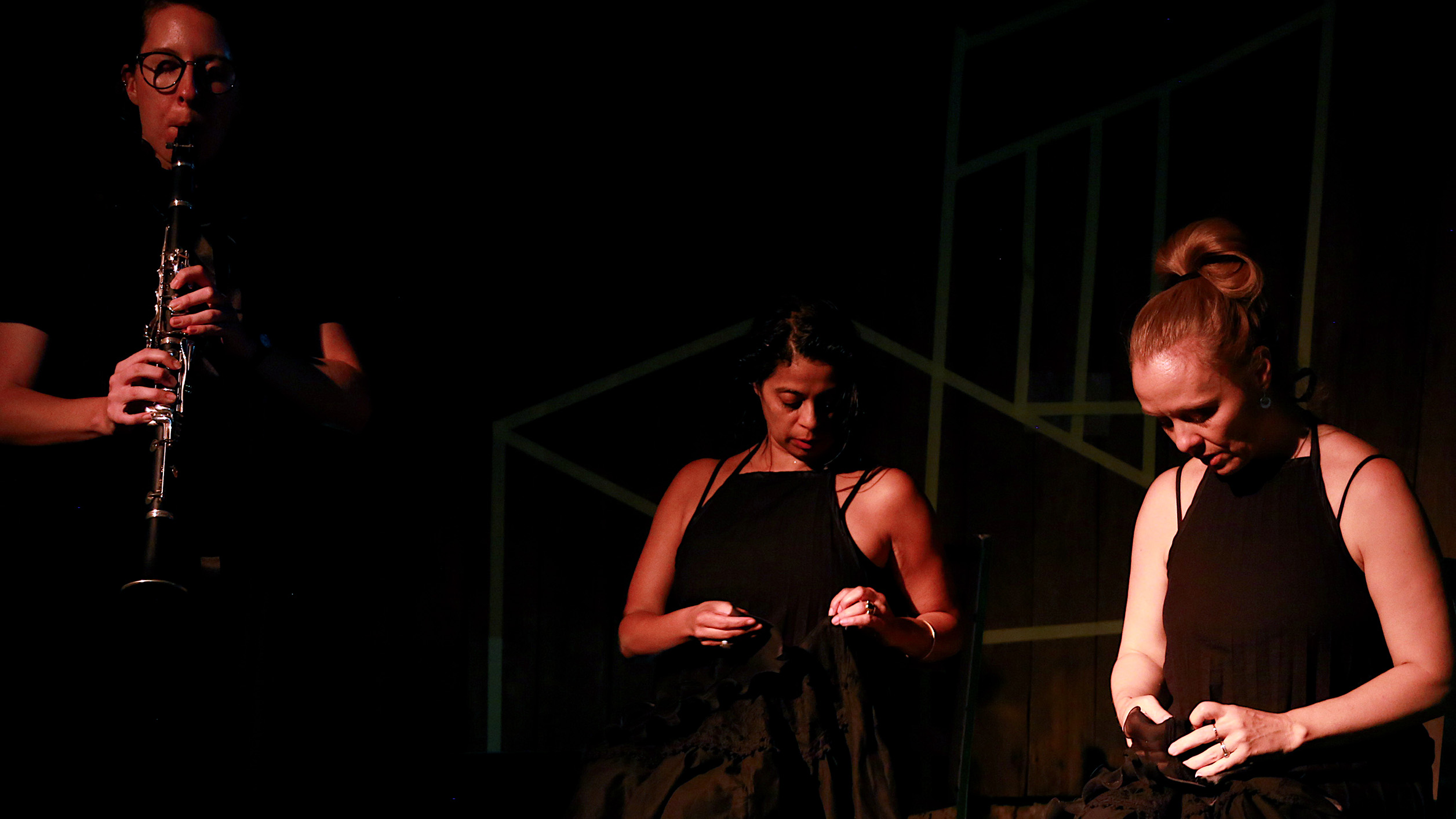
The truth behind Lola
David Ritter
09.04.2018
David Ritter reports on the heat wave event that inspired Michelle St Anne’s Lola stayed too long, and shares the story of Lyn, an elderly woman, living on her own, who died in early 2017 from heat exhaustion. David explains “Lyn died the kind of death that we can expect will be in part ultimately attributable to global warming.”
Nessa is a retired English teacher who now lives alone in a small low-rise group of social housing units built in Sydney’s Inner West. The block isn’t air-conditioned but Nessa has a couple of fans to keep her comfortable. In the summer of 2017, Nessa’s daughter Michelle, made one of her regular visits to see her Mum, accompanied by her partner Peter.
Nessa’s flat began to be plagued by an unpleasant smell. Initially they suspected a blocked gutter, or drain, or just one getting a little enthusiastic with the blood and bone fertilizer in the hot weather. Peter remembers saying, not really seriously, ‘Nessa, you’d better see if all your neighbours are okay’.
Relationships within the little community of flats are not particularly strong. There is a sense of people living together but apart. And some people are simply unfriendly. Lyn, the middle-aged lady who lived above Nessa, for example, was abrasive in her limited social interactions. Lyn had lived there for a few years without anyone getting to know much about her.
Through January and February the smell got worse. On 27 February police arrived at the flats and entered Lyn’s flat. She had been dead for some time. Michelle says, ‘I didn’t know that death smelt like that’. The autopsy described Lyn’s body as being in a state of ‘moderate to advanced decomposition change’ with ‘features of mummification’. ‘When they brought the body out’, Nessa tells me pityingly, ‘it was such a little thing on a stretcher.’ Lyn had last been seen alive sometime between Christmas 2016 and early January 2017 but such was the woman’s social isolation that the coroner was unable to say exactly when this had been. It is the loneliness that haunts Michelle. ‘Where were Lyn’s people? Why wasn’t anyone seeing a pattern dissolve’? ‘We never even heard about the funeral’, Ness reflects. There was no formal communication about what had happened to Lyn, to the remaining residents.
None of her neighbours hadn’t any idea that once upon a time Lyn had been a teenage pop-star with a short successful recording career in New Zealand in the early 1960s, or that she performed on television shows such as Bandstand and for soldiers serving in Vietnam.
One thing the Coroner apparently did not consider was the state of the weather during the period when Lyn died. According to the Australian Bureau of Meteorology ‘January 2017 was the warmest month ever on record for Sydney’. Even worse temperature maximums were to follow in February. There is nothing to say for certain that extreme heat contributed to the death of Lyn Barnet, but we know with grim confidence she fitted the profile of the sort of person most vulnerable to heat stroke.
Now in her seventies, suffering from a chronic lung condition and severely socially isolated during a record heat wave, Lyn died the kind of death that we can expect will be in part ultimately attributable to global warming.
This blog is an edited extract of Chapter 8: ‘In the Heat’ from David Ritter’s forthcoming publication The Coal Truth: The fight to Stop Adani, Defeat the Big Polluters and Reclaim our Democracy, UWA Publishing. The book will be released on June 1, 2018.
David Ritter, CEO of Greenpeace Australia Pacific

